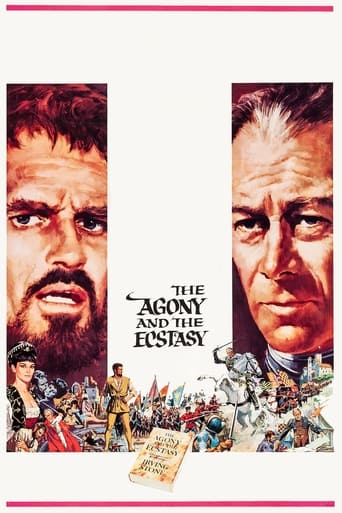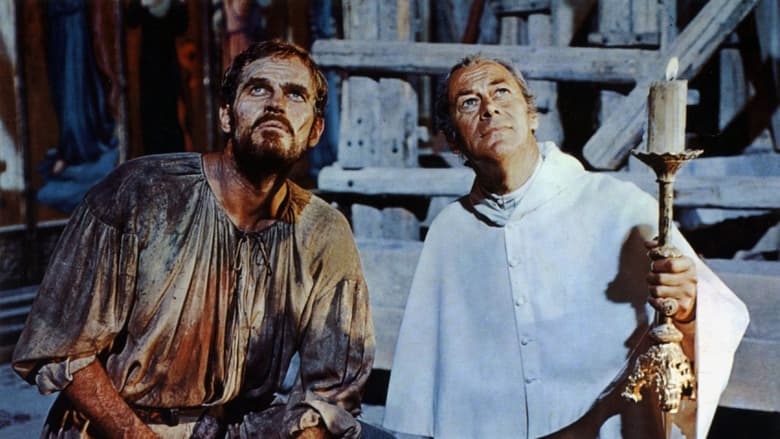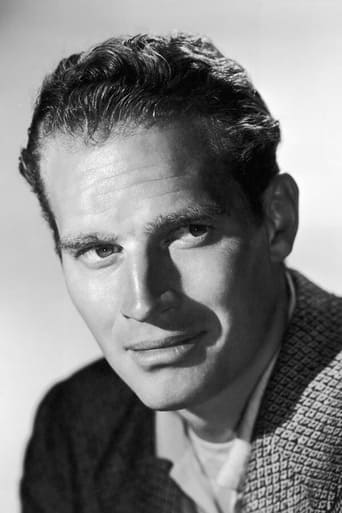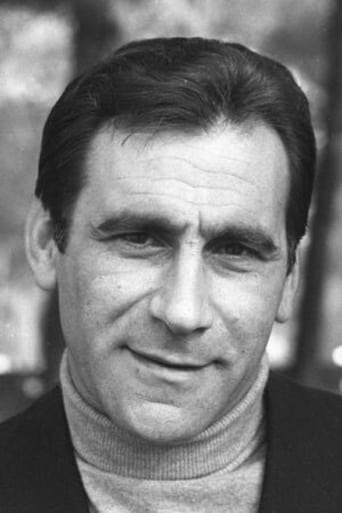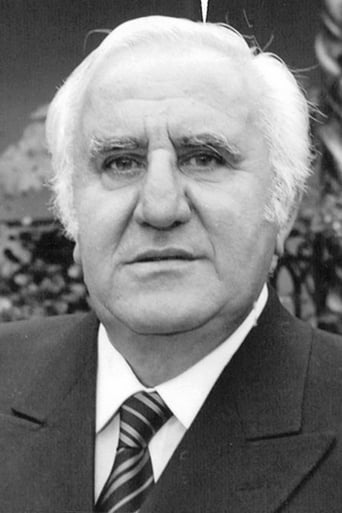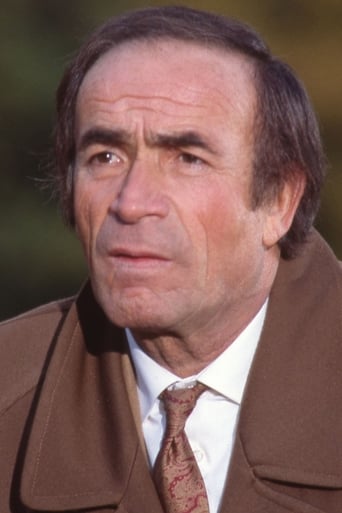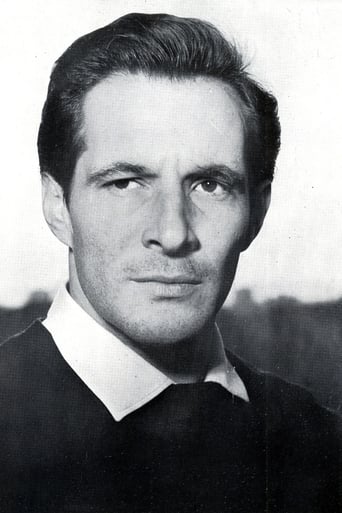During the Italian Renaissance, Pope Julius II contracts the influential artist Michelangelo to sculpt 40 statues for his tomb. When the pope changes his mind and asks the sculptor to paint a mural in the Sistine Chapel, Michelangelo doubts his painting skills and abandons the project. Divine inspiration returns Michelangelo to the mural, but his artistic vision clashes with the pope's demanding personality and threatens the success of the historic painting.


Similar titles

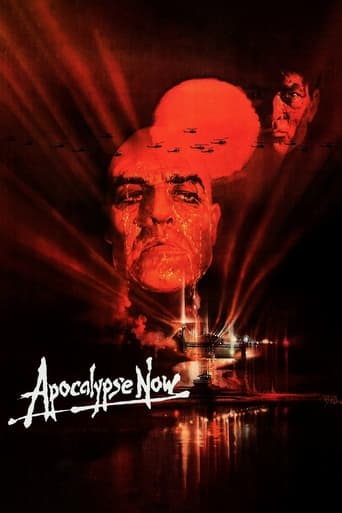

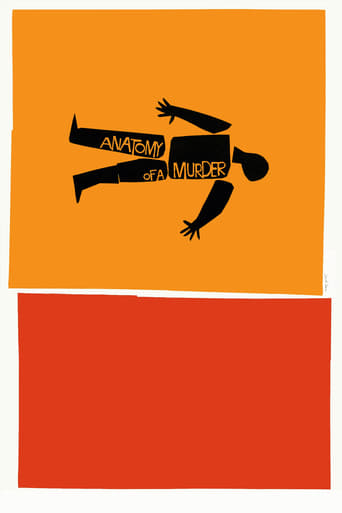
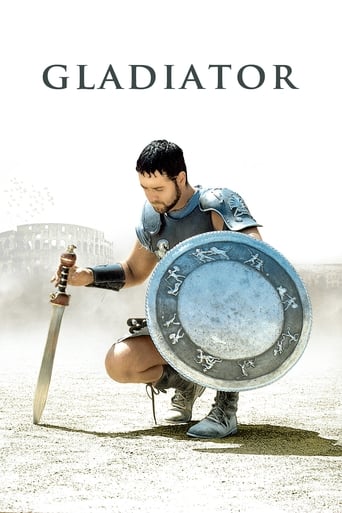
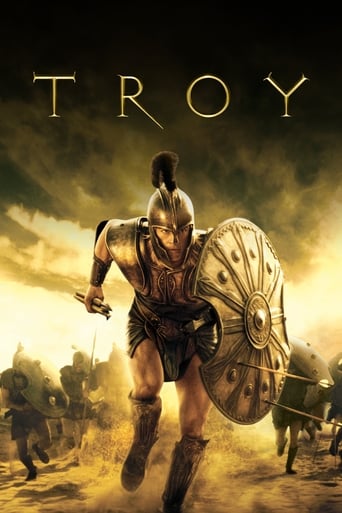


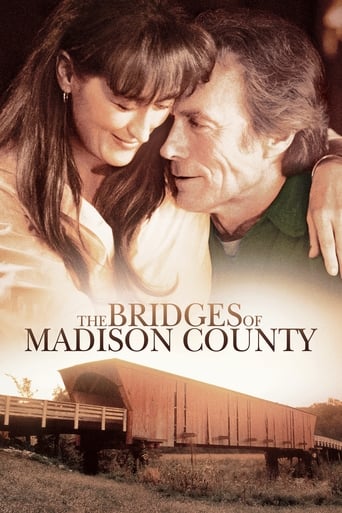

Reviews
Pope Julius II (Rex Harrison) fights his foes on the battlefield and orders Michelangelo (Charlton Heston) to paint the Sistine Chapel.The sets and the costumes are grand. Harrison and Heston are big time actors. However the drama isn't there. The movie spends the first ten minutes pontificating on the greatest of Michelangelo. It's not only unnecessarily. It drains all the tension from the movie. This is not an art appreciation course. I like Rex Harrison's dictatorial Pope but I'm not convinced with Charlton Heston's tortured artist. Heston's performance is unappealing and false. He is biblical in his portrayal. In modern parlance, this is Oscar bait. It looks like an Oscar movie but it doesn't have any of the filling. It is stiff and over-cooked. All the drama has been boiled out.
Already renowned as a master sculptor, Michelangelo is commanded by Pope Julius II to paint the ceiling of his Sistine Chapel, and he reluctantly accepts the commission. Based on Irving Stone's best-selling novel, "The Agony and the Ecstasy" is a thin retelling of the artist's creative struggle and his verbal sparring with the Pope. Carol Reed's lavish production is shamelessly padded with a documentary prologue about Michelangelo's sculpture, an intermission little more than an hour into the movie, exit music, and numerous atmospheric shots that add little but running time to the story. However, the padding and extras provided enough perceived value to warrant a reserved-seat roadshow presentation at higher ticket prices, which was a popular venue for prestige films in the 1950's and 1960's. Unfortunately, this obviously big-budget production exemplifies the old adage that the whole is less than the sum of its parts.Charlton Heston has a granite face and monumental physique that suggests one of Michelangelo's sculptures, and, while he has on-screen presence, his acting range falls short of the demanding role of a tortured artist. Rex Harrison, on the other hand, is outstanding as the warrior pope, a complex man balancing spiritual and worldly ambitions. Fresh from an Academy Award nomination for his Julius Caesar in "Cleopatra" and a second nomination and the Oscar for his Henry Higgins in "My Fair Lady," Harrison deserved a least a third nod for this film. The rest of the cast is adequate, although Diane Cilento, who does the best she can with a thankless role, is little more than a bone thrown to the female audience in what is essentially a male-centric drama. Michelangelo is among the world's most famous historical gay men, and, while Philip Dunne's screenplay alludes to the artist's sexuality, the script blurs the issue and sidesteps a direct confrontation; Cilento's ambiguous relationship with the artist was likely intended to throw off all but the most knowledgeable viewers.Aside from Harrison's performance, "The Agony and the Ecstasy" is worthy viewing as a visual feast. Fresh from Oscar-winning work on "Cleopatra," the Twentieth Century Fox design team of John DeCuir and Jack Martin Smith stunningly recreated the ecclesiastical glory of 16th century Rome. Among other Oscar winners for "Cleopatra" were Vittorio Nino Novarese, whose costumes glow in reds, crimsons, and golds; and Leon Shamroy, whose color cinematography gloriously captures the period detail. A fine score by Alex North, another veteran of "Cleopatra," further enhances the visuals. Carol Reed's adaptation of "The Agony and the Ecstasy" is eye, and some times ear, candy, especially for those interested in art history; the scenes that detail the creation of the Sistine Chapel ceiling are particularly fascinating. However, beyond the visuals and an award-worthy performance by Rex Harrison, the film is thin on drama and weak on historical accuracy.
Director Carol Reed paints us, the audience, a portrait of the relationship between artist Michelangelo (Charlton Heston) and the Warrior Pope Julius II (Rex Harrison) based on the novel by Irving Stone. Pope Julius II has just commissioned the artist to paint the Sistine Chapel ceiling despite Michelangelo wanting no part of it. The two Renaissance's most colorful figures play a game of cat and mouse, as one is persistent and will not cease until he gets what he wants which is Michelangelo's painting his ceiling. The other figure, Michelangelo is an artist who did not want to paint, stubborn and resisted to all things "normal". He is not stubborn just to be stubborn. He can follow the suggestions of others unless it pertains to art, particularly his art. He knows what he wants and he has reasons for believing that his way will be best. His work on the Sistine Chapel would often bump heads with the strong mind Julius on issues of nudity, and how to portray God's work. The battle of wills fueled by artistic and temperamental differences gives us the audience, a great dramatic historical film. The combination of Michelangelo's varied background as sculptor, painter, poet, architect and engineer, his own personal weaknesses and vanity, and his unremitting drive which enabled him to conquer overwhelming disappointments and find satisfaction in difficult and backbreaking work makes gives the movie its title. Charlton Heston and Rex Harrison are very great in their role as I feel the acting is amazing. Still Charlton Heston feels a bit playing over the top wooden in the role and Rex Harrison is a bit too wordy. The cinematography in the film is breath taking and scenic. I love the scene in which Michelangelo emerged from the cave to find a beautiful sunset giving him his idea for the Sistine Chapel ceiling. It reminds me of how man first came out of the caves dwellings life and into a life of innovative thinking. So Renaissance like. The soundtrack by Alex North is a brilliant score. Oscar nominated work right there. One of the faults of the film is the pace of the movie is very slow to the point, it's snail like. 138 min is the final run time. Historians were quick to point out that the film was even less historically accurate than the Irving Stone bestseller on which it was based. This movie is only a small part of the book and Michelangelo's life. There was a lot of interesting parts left out in order to make the entire movie about the painting of the Sistine Chapel. Yes, Charleton Heston nor Rex Harrison look nothing like Michelangelo or Pope Julius II, but it's true that Michelangelo and Julius were stiff-necked, driven men who use reverse-psychology on each other to get what they want. Another issue about the film is the issue of Michelangelo's sexuality. The movie has Medici's wife in love with him while history states that he might had be homosexual. I know in the 1960's, it would be shocking to see Charleston Heston play a homosexual character, but with all the Homoeroticism art Michelangelo did, it would more historical accurate. In my opinion, it's better to cross out the love story, and focus more on his struggle with the ceiling. The locations scenes in Italy do well in evoking the early 16th Century in Italy. Still, the streets a bit too clean for 16th century Italy. If you are not hooked on historical accuracy and are willing to see Charlton Heston be in pained for several hours, you may enjoy this film. Essential to watch for any art fan.
I like historical films. Recently I watched three historical films all made in the early 1960s. These are 'El Cid', 'The Spartacus' and 'The Agony and The Ecstasy'. Of the three, I rate The Agony and the Ecstasy as the best. This film is based on the eponymous novel written by Irving Stone. I had read the book nearly a decade back and it was nice to see the film finally. The film is about the circumstances under which Michelangelo came to compose his famous frescoes in the Sistine Chapel of Rome in the 16th century. The Sistine fresco, the 'creation of man' has become almost an emblem for the artist. But not many know that Michelangelo painted the Sistine frescoes reluctantly, only because he was forced to do so by his patron, Pope Julius II. The film is about the war of wits between these two great men Pope Julius II is a warrior pope, a worldly Pope. His concern is to protect the papal states from being over run by warring European powers. For this he is willing to take up arms. The pope knows that the posterity wont remember him for his spiritual prowess or leadership. Therefore he want to leave great works of art as his legacy. He therefore hires Michelangelo to paint the ceiling of the Sistine Chapel. The artist is not very keen on painting and considers sculpture to be his true calling. He is also not willing to conform to the prevailing canons of artistic excellence. He feels constrained by the limits of time and money that is set. All the great moments of the film occur when the Pope and the Artist clash. It is a clash of ideas and world views: (1) Whether sculpture is a superior form of art as compared to painting; (2) Whether it is appropriate depict biblical figures in their raw humanity; (3) Whether it is moral for a man of god to take arms for his principles and so on. For me the finest scene in the film is where the Pope and the Cardinals come to see the frescoes and judge it as lacking in good taste. The Artist is forced to give a strong rebuttal and in the process he expounds the humanist philosophy of art. Shot in beautiful Technicolor, the film still looks spectacular. It is a visual and intellectual treat.
